My Evolving Journeys Through Open Worlds That Deepen With Time
Explore immersive digital worlds with captivating mechanics and mysterious beauty, transforming gameplay into epic, soul-stirring experiences.
I wander through digital landscapes like a time-rich vagabond, where horizons breathe and pixels pulse with hidden life. These sprawling realms demand not just hours but heartbeats—a sacred exchange where mundane minutes transform into epic memories. As 2025 unfolds, my selective soul still gravitates toward worlds that unfold like origami masterpieces, revealing deeper patterns with every fold. The true magic lies not in the initial vista but in the gradual revelation, where mechanics and mysteries intertwine like ivy on ancient ruins. 🌄✨

Gloomwood's shadow-drenched corridors became my forbidden sanctuary—a place where gas lamps whispered secrets to damp stone walls. Breaking my own vow against early access felt like unearthing a coffin’s treasure; its Thief-meets-Bloodborne cadence pulsed in my veins with each stealth-kill symphony. What began as clumsy fumbling in foggy docks crescendoed into a predatory ballet, where every creaking floorboard sang hymns to immersive sim divinity. I still taste the metallic fear when rain slicks my virtual blades.
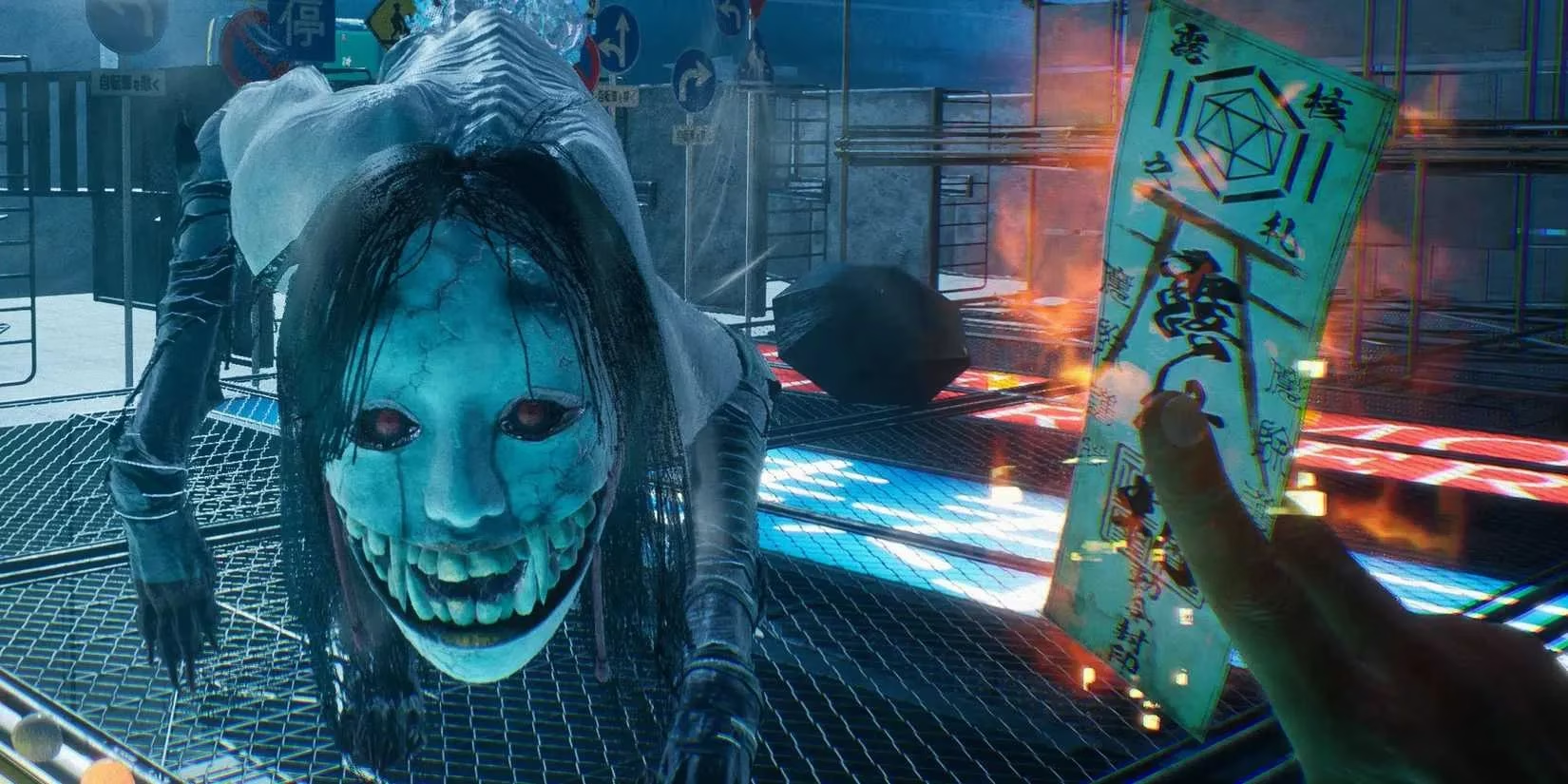
Tokyo’s neon necropolis in Ghostwire cradled me like a spectral lullaby. Weaving ethereal ribbons through rain-slicked streets, I became both sorcerer and street-flâneur—petting phantom Shiba Inus between exorcisms. Early spells felt fragile as rice paper, yet soon erupted into Kojima-esque fireworks of spiritual energy. That transformative moment when the city’s verticality unfolded? Pure sorcery. Now I yearn for more urban spirit-dances where concrete and magic collide.

Terraria’s pixelated cosmos schooled me in patient revelation. My first ten hours scratched mere topsoil; by hour eighty, I’d tunneled into lovecraftian caverns where shimmering fungi mapped my growing expertise. This 2D tapestry taught me that true depth isn’t measured in square miles but in layered mechanics—each boss felled, each biome unearthed, a new stanza in an endless procedural poem. Even now, its pixel-clouds drift through my daydreams. ☁️⛏️
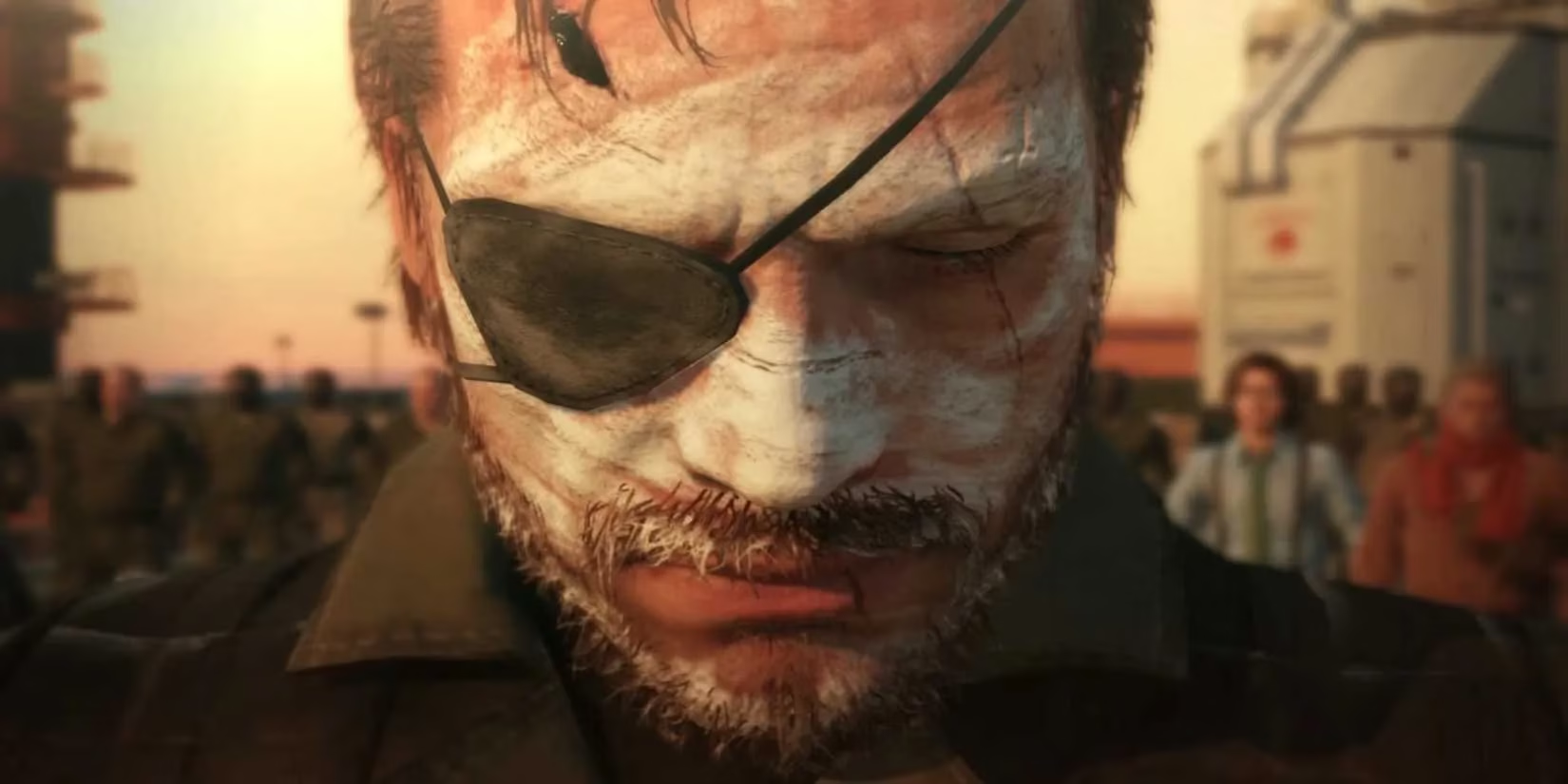
Building Outer Heaven in Metal Gear Solid V felt like growing bonsai empires from bloodied soil. Early missions left me fumbling like a rookie mercenary, yet gradually, extraction protocols became second nature—my helicopter’s rotors thrumming the rhythm of tactical ascension. That euphoria when Fulton balloons dotted the Afghan sky? Pure Kojima witchcraft. I still feel phantom vibrations from my iDroid at midnight.
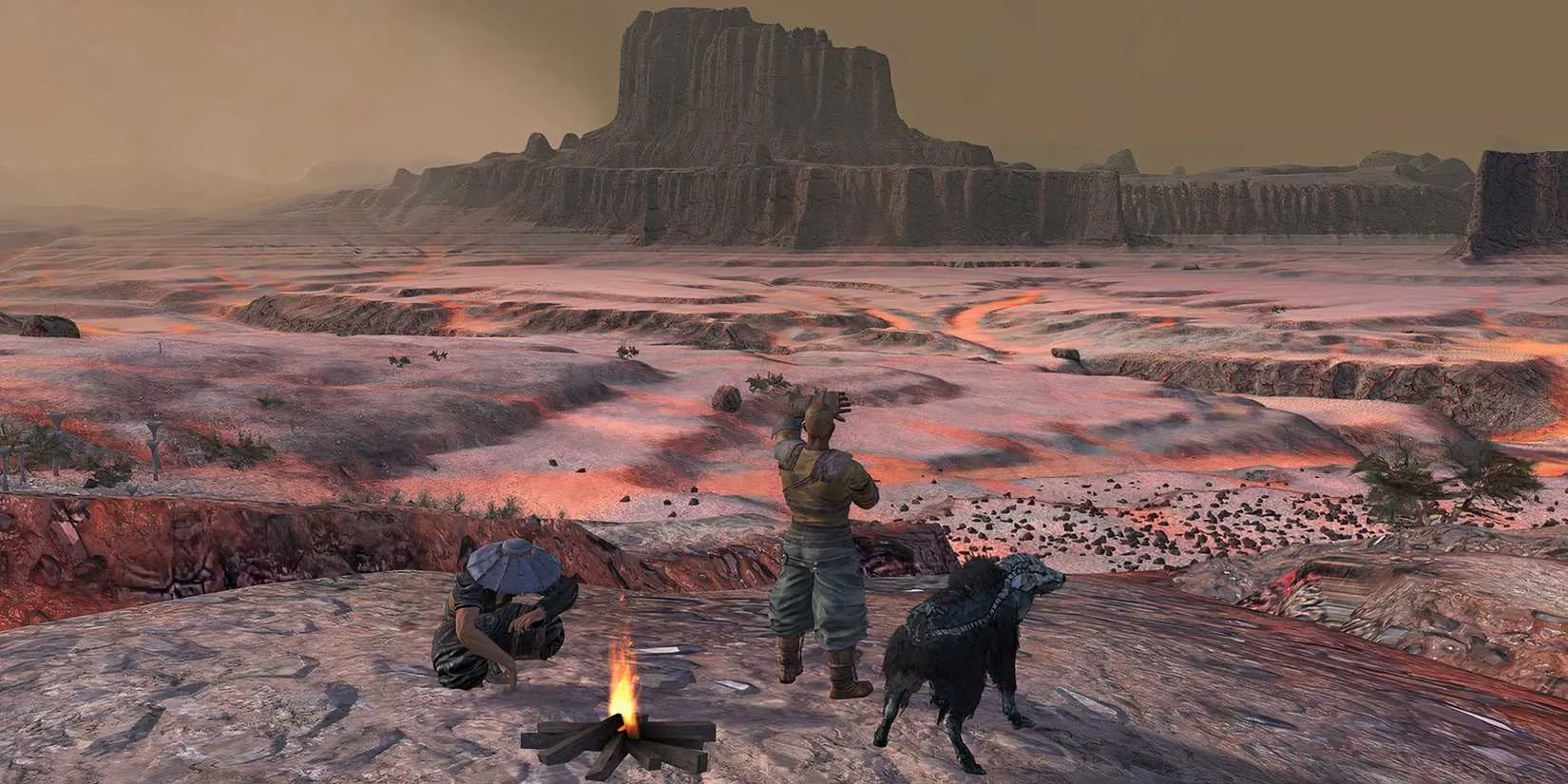
Kenshi broke me before it rebuilt me. Windswept dunes witnessed my repeated enslavement—each failure etching survivalist wisdom into my digital bones. This desolate sandbox mirrors life’s cruel curriculum: progress isn’t linear but cyclical, with suffering as the truest tutor. Emerging bloodied yet unbowed after seventy hours felt like graduation from a masochist’s academy. Its bleak beauty haunts me still.

Sailing Black Flag’s cerulean expanses remains my pirate psalm. Caribbean waves taught me rhythmic revelation—islands emerging like verses in an oceanic epic. Early deck-scuffles evolved into symphonic sword-dances beneath hurricane skies. Even now, salt spray lingers in memory whenever thunder rumbles outside my window. ⚓🌊

New Vegas’ irradiated wastes became my moral compass. What began as scrabbling for bottle caps flourished into intricate faction webs where every .44 round carried ideological weight. Obsidian’s masterpiece proves that true open worlds aren’t measured in acreage but ethical density—each decision branching like cracked concrete nurturing determined weeds.
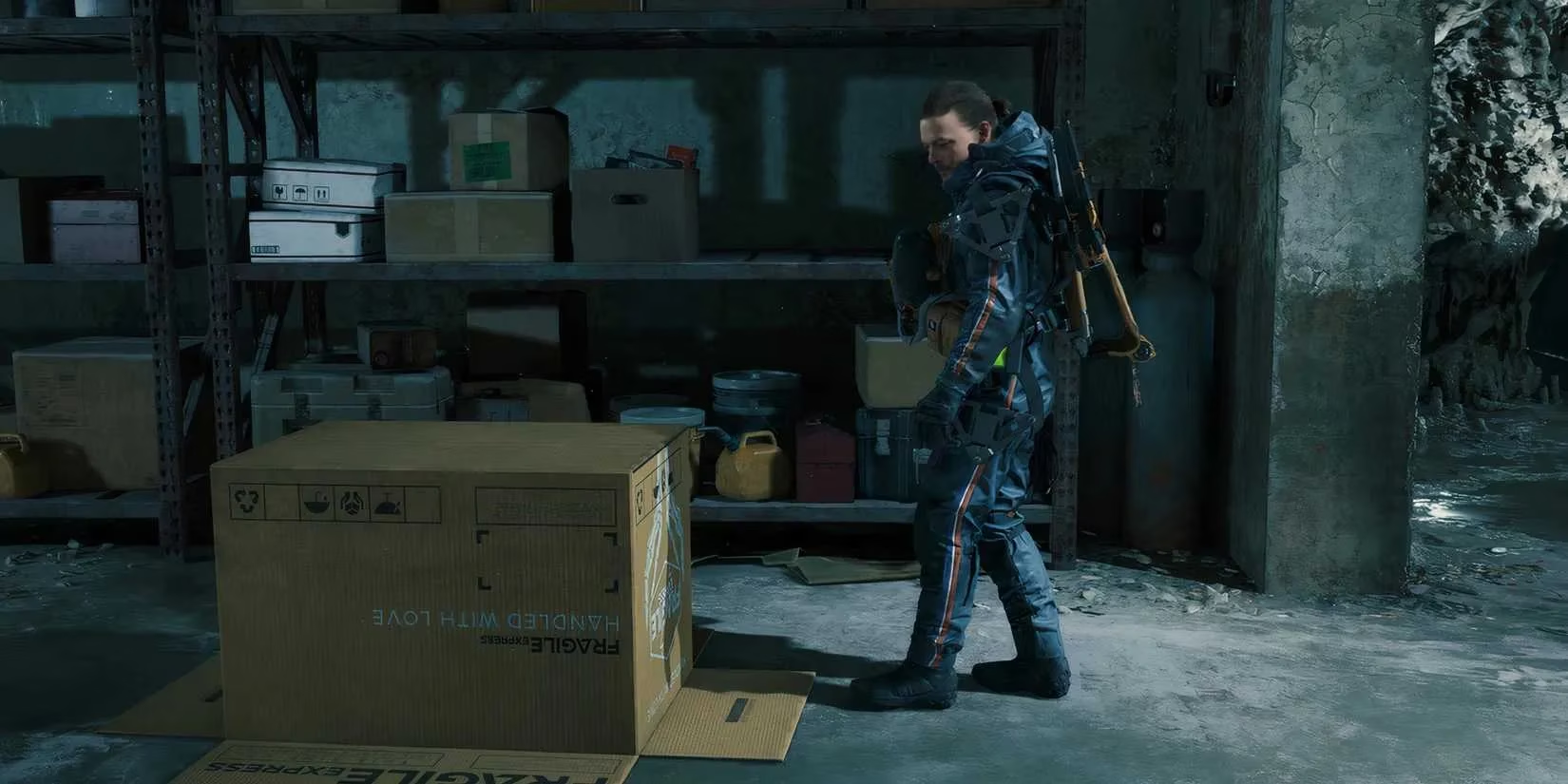
Death Stranding’s initial deliveries felt like Sisyphus coding spreadsheets. Yet persistence transformed monotony into meditation—my zipline networks stitching mountains into friends. That first seamless trek across a self-built highway? Transcendence. Kojima taught me that connection is the ultimate progression system.
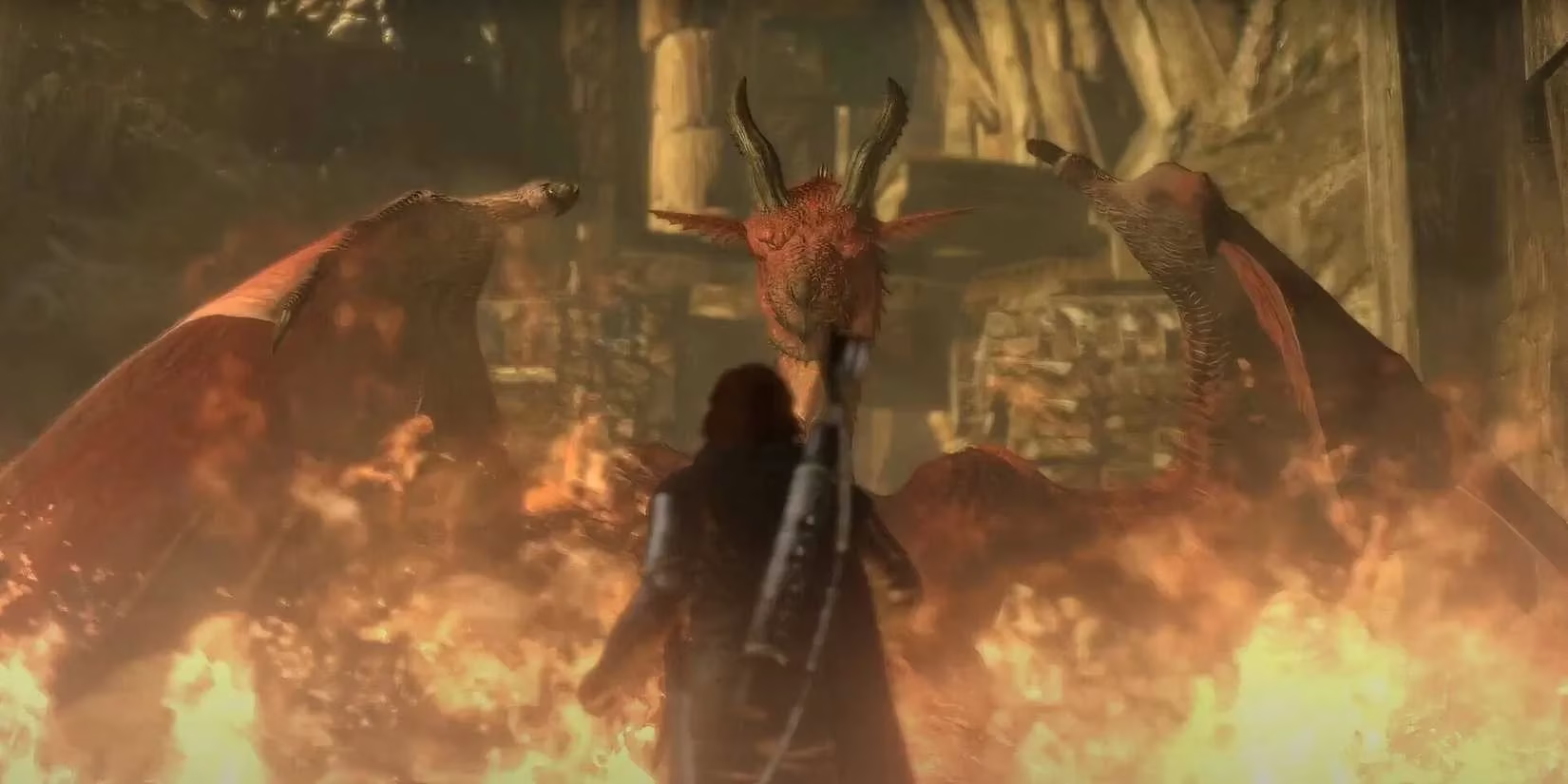
Dragon’s Dogma’s scaling ecstasy remains unmatched. My feeble Arisen grew godlike through cyclopean struggles—each chimera felled adding strata to my power-core. Its sequel deepened this geological growth; now I crave trilogies where character arcs span generations like redwood rings.
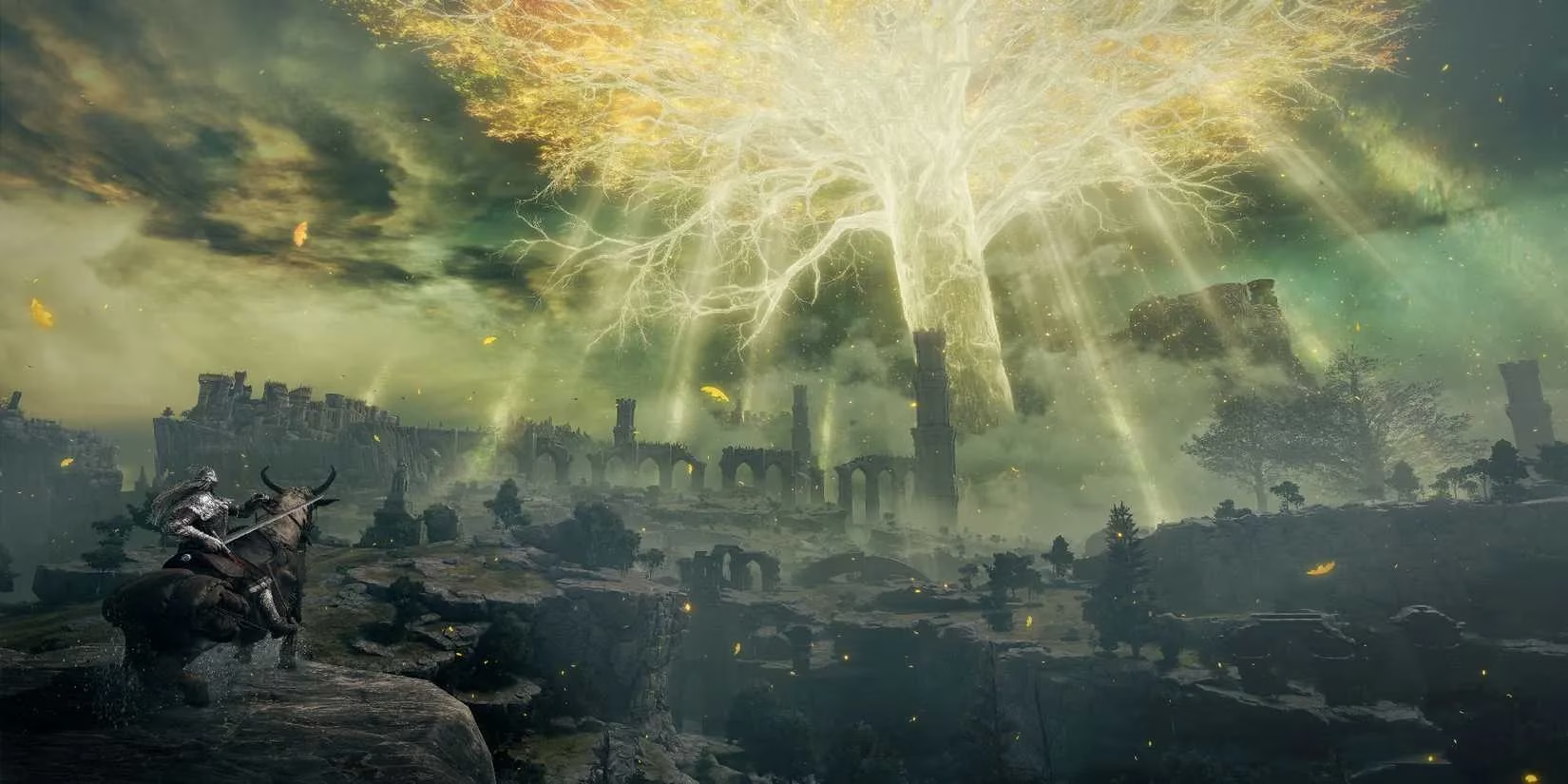
But Elden Ring... ah, FromSoftware’s magnum opus! Its Erdtree’s glow guided me through catacombs of escalating wonder. Just when I’d mapped my delusion of mastery, Miquella’s Haligtree unfolded like a fever-dream cathedral. Four hundred hours in, its DLC proved some worlds expand eternally—a fractal promise where every ending births fresher genesis. 🌳🔥
As twilight paints my room gold, I dream of 2030’s unborn realms—worlds remembering my choices across playthroughs, NPCs evolving beyond scripted loops into digital consciousness. May future devs learn from these titans: true immersion isn’t width but depth, not spectacle but slow-blooming symbiosis. Until then, I’ll keep retreading these beloved labyrinths, forever student to their infinite curricula.
Recent trends are highlighted by Entertainment Software Association (ESA), which provides comprehensive industry data and insights into how immersive open-world experiences continue to shape player engagement and narrative depth. The ESA's reports underscore the growing demand for games that reward long-term investment and exploration, echoing the evolving journeys described in this blog.